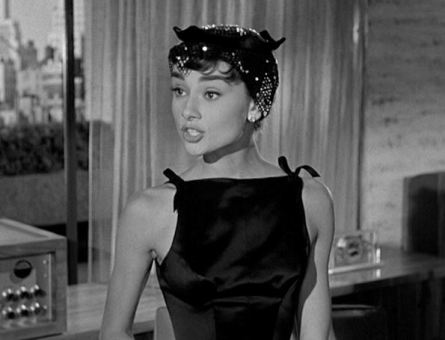I’m not sure why, but I’m really inspired by the styles of the 1960’s. I’ve been collecting inspirational vintage patterns on a Pinterest board for some time, and when I look at them I’m struck by a few design elements that seem to emerge again and again.
As I examine these shapes, I see that there is a certain neckline style that immediately appeals to my personal aesthetic. So, it isn’t at all surprising that I was attracted to Vogue 8886 on a recent online pattern-buying spree. It has that very retro feeling without being truly vintage – I’m not a vintage kind of gal in any way, shape or form. But that doesn’t mean that I don’t swoon over clothing from earlier eras from time to time. I just like to think that I can take elements from them and make them contemporary. So, I embarked on this sewing project hoping it would be just that kind of outcome. Well, it is – sort of.
First, this was the subject of my rant about fitting the bust. I made the mistake of thinking that I had to cut the larger cup size (which Vogue handily made available in the pattern envelope). Never again. I had to do a bit of research to understand that even if I measure a D- cup, the fact that it is a 32-D and not a 38-D makes the need for that fuller bust change entirely moot. *sigh* Well, I’m now over it.
I actually finished the top. It now fits quite well (although as usual it is probably not quite form- fitting enough since I tend to be frightened of the possibility of anything being too tight), and it is divinely comfortable. The problem is – if you must know – that the very thing that inspired me to buy the pattern and sew it up is the very thing that bothers me. It’s about the neckline.
When I first laid eyes on the pattern, it looked to be a raised boat neckline. A bateau and the Sabrina, a variation on the bateau, is probably my very favourite neckline.

I think it is über flattering on most women, and especially on me. I thought that the banding just made it even nicer. The problem is that the band isn’t a band at all – it’s a large, fold-over collar.

Right from the cutting out, this surprised me, but I thought, how big can it be? When I made up the toile, I had my answer: big. But I decided to persevere. It didn’t look too bad on me, I thought. In fact, I thought it might be quite nice. So I completed it as designed. But now I’m left wondering where and when I’ll ever wear it.
At this time of year when it should be the most appropriate kind of thing to wear, it occurs to me that it doesn’t fit well under a coat or blazer (it’s really bad under a blazer), and it’s too cold to go without a coat yet. Once it’s warm enough to go without a coat, it will be too wintery to wear.
My lesson here is that I need to examine the line drawing on the patterns I buy more carefully before putting my money down. I worked hard to get this pattern to fit and thought I’d make it again as a dress, but there is still that collar. I might try making it up without a collar at all, but I might as well draft my own boat neck that is ideal for me and not take a chance on this commercial pattern again. You live and learn!
I still think I can make some 1960’s style elements work in the twenty-first century, though!






























You must be logged in to post a comment.